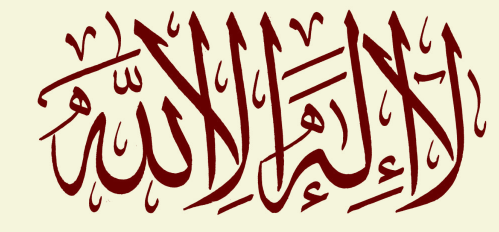Women in Hadith Literature: Oxford Handbook of Islam and Women – Feryal Salem
Abstract:
Ḥadīth literature is rich with its references to women from the ancient past as well as those from the Prophet Muḥammad’s contemporary period. A study of the way in which women are portrayed and referenced in ḥadīth texts provides a unique glimpse into the roles women played for the narrators of these prophetic traditions. Women in the ḥadīth literature can be divided into four primary categories: (1) women whose stories are told from the past; (2) stories, narratives, and references to the wives of the Prophet whose rank as “Mothers of the Believers (ummahāt al- muʾminīn),” earned them a distinctive role as instructional models; (3) women who were considered Companions of the Prophet or saḥābiyyāt; and fnally (4) statements and references to women as a general category without specifc references to any par- ticular individual
